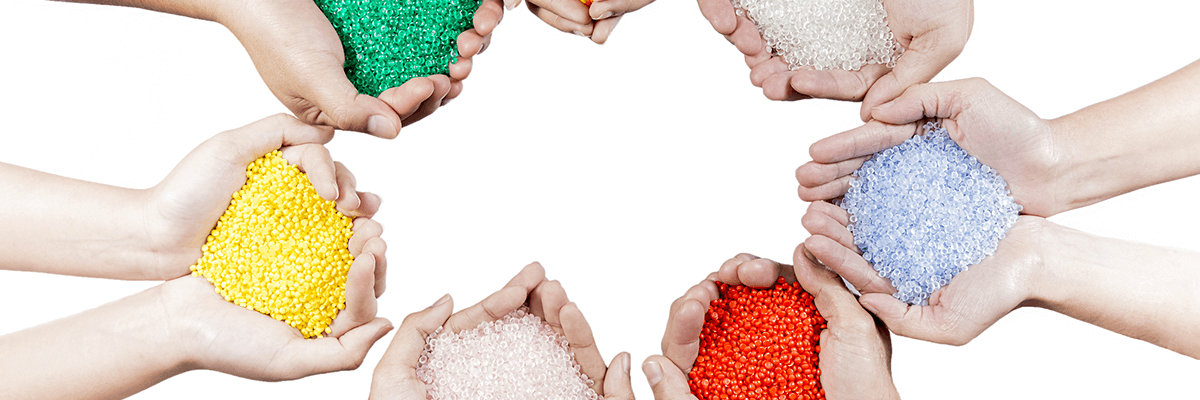Plastics comprise a large family of materials which can be classified into various types. In this section, you can learn more about the various types of plastic and their particular applications and benefits.
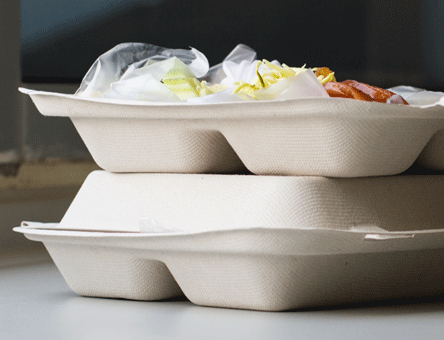
Bio-based plastics are made in whole or partially from renewable biological resources. For example, sugar cane is processed to produce ethylene, which can then be used to manufacture polyethylene. Starch can be processed to produce lactic acid and subsequently polylactic acid (PLA).
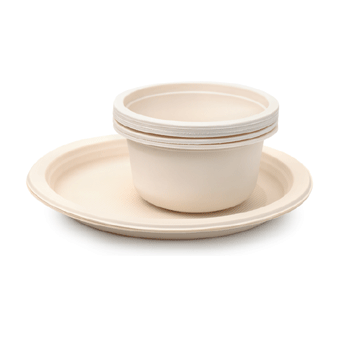
Biodegradable plastics are plastics degraded by microorganisms into water, carbon dioxide (or methane) and biomass under specified conditions. To guide consumers in their decision-making and give them confidence in a plastic’s biodegradability, universal standards have been implemented, new materials have been developed, and a compostable logo has been introduced.
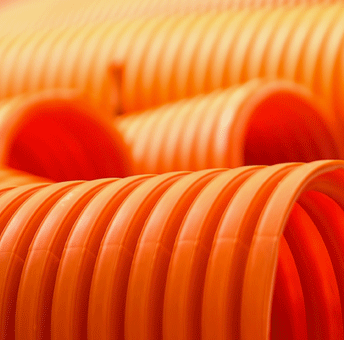
Engineering plastics exhibit higher performance than standard materials, making them ideal for tough engineering applications. They have gradually replaced traditional engineering materials such as wood or metal in many applications because, not only do they equal or surpass them in their weight/strength ratio and other properties, but they are also much easier to manufacture, especially in complicated shapes.
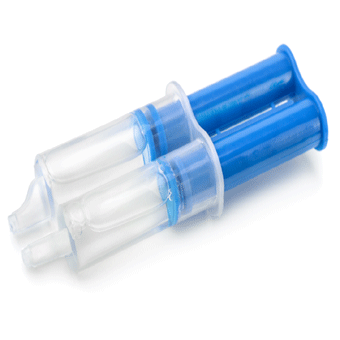
Epoxy resins have been around for more than 50 years, and are one of the most successful of the plastics families. Their physical state can be changed from a low viscosity liquid to a high melting point solid, which means that a wide range of materials with unique properties can be made. In the home, you’ll find them in soft-drinks cans and special packaging, where they are used as a lining to protect the contents and to keep the flavour in. They are also used as a protective coating on everything from beds, garden chairs, office and hospital furniture, to supermarket trolleys and bicycles. They are also used in special paints to protect the surfaces of ships, oil rigs and wind turbines from bad weather.
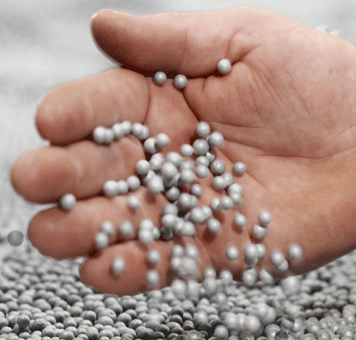
Expanded polystyrene, or EPS, is widely used commodity polymer. It has been a material of choice for more than 50 years because of its versatility, performance and cost effectiveness. It is widely used in many everyday applications, such as fish boxes, bicycle helmets and insulation material.

Fluoropolymers are renowned for their superior non-stick properties associated with their use as a coating on cookware and as a soil and stain repellent for fabrics and textile products.They also contribute to significant advancement in areas such as aerospace, electronics, automotive, industrial processes (chemical and power sectors, including renewable energy), architecture, food and pharma and medical applications. The most well-known member of Fluoropolymers is PTFE (polytetrafluoroethylene).
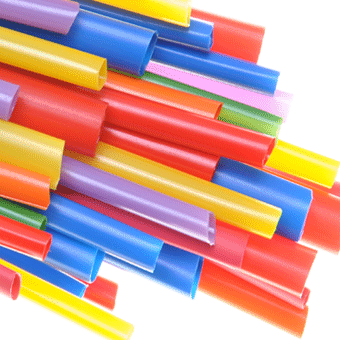
Polyolefins are a family of polyethylene and polypropylene thermoplastics. They are produced mainly from oil and natural gas by a process of polymerisation of ethylene and propylene respectively. Their versatility has made them one of the most popular plastics in use today.
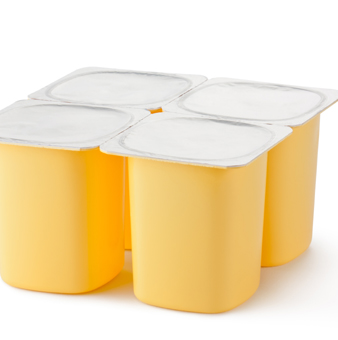
Polystyrene is a synthetic polymer made from styrene monomer which is a liquid petrochemical. It is a thermoplastic polymer which softens when heated and can be converted via semi-finished products such as films and sheets, into a wide range of final articles.
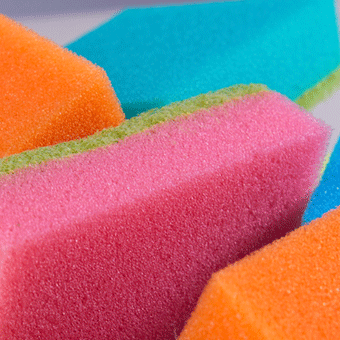
Polyurethane (PUR) is a resilient, flexible and durable manufactured material. There are various types of polyurethanes, which look and feel very different from each other. They are used in a very broad range of products. In fact, we are surrounded by polyurethane-containing products in every aspect of our everyday lives. While most people are not overly familiar with polyurethanes because they are generally 'hidden' behind covers or surfaces made of other materials, it would be hard to imagine life without them.

Polyvinyl chloride (PVC) was one of the first plastics discovered, and is also one of the most extensively used. It is derived from salt (57%) and oil or gas (43%). It is the world's third-most widely produced synthetic plastic polymer, after polyethylene and polypropylene. PVC comes in two basic forms: rigid (sometimes abbreviated as RPVC) and flexible.
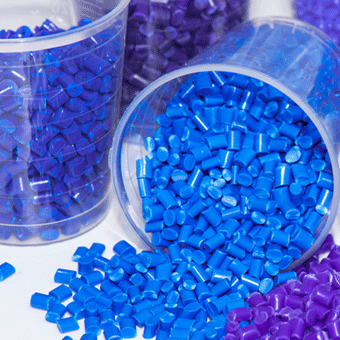
Thermoplastics are defined as polymers that can be melted and recast almost indefinitely. They are molten when heated and harden upon cooling. When frozen, however, a thermoplastic becomes glass-like and subject to fracture. These characteristics, which lend the material its name, are reversible, so the material can be reheated, reshaped, and frozen repeatedly. As a result, thermoplastics are mechanically recyclable. Some of the most common types of thermoplastic are polypropylene, polyethylene, polyvinylchloride, polystyrene, polyethylenetheraphthalate and polycarbonate.
Contact us for more information
Contact us for more information about the benefits of plastics and the activities of PlasticsEurope.








